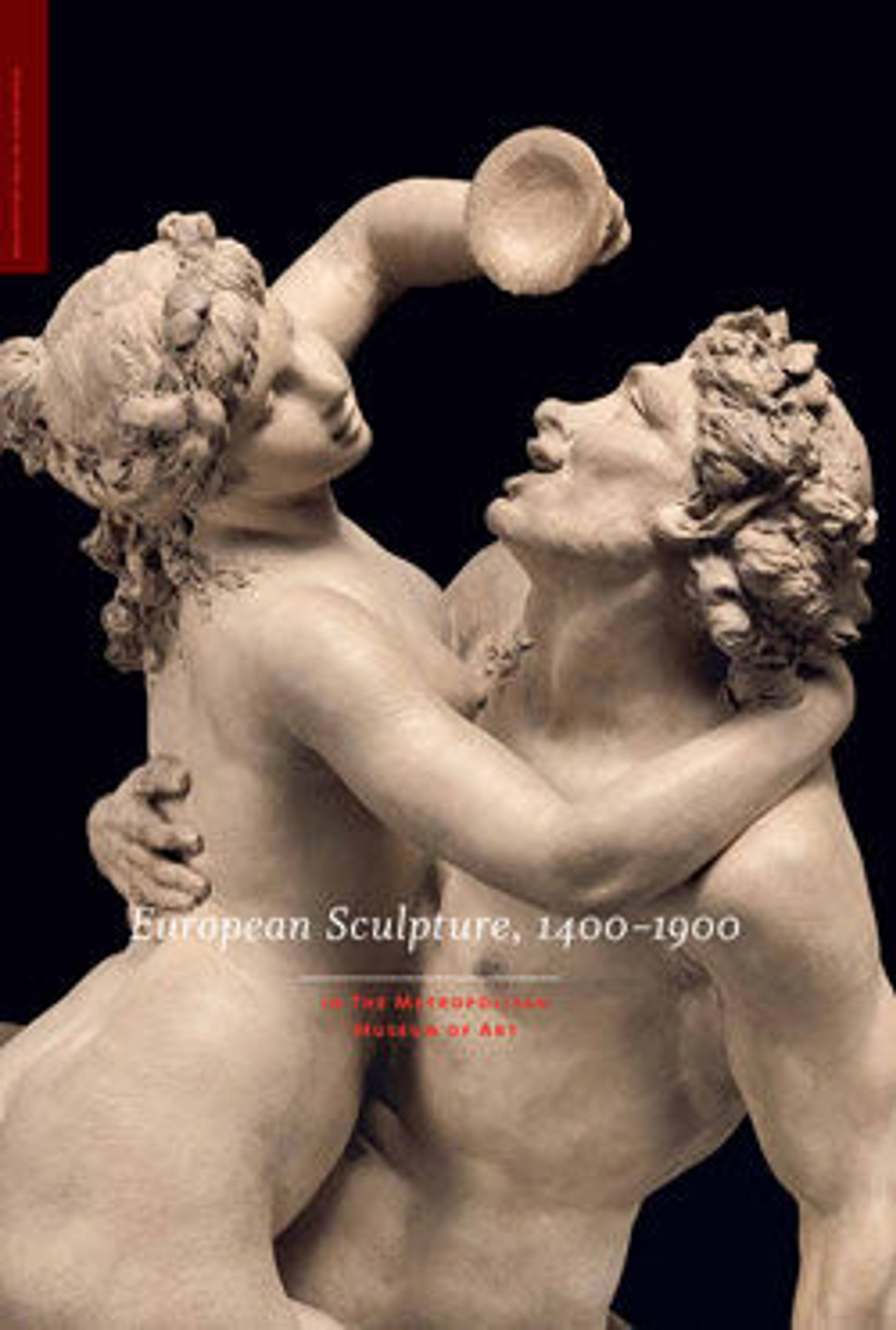The Youthful Saint John the Baptist
As their patron saint, John the Baptist was a prominent fixture in the homes of civic-minded Florentines. This large, lyric statuette by Pieratti, the city's first important Baroque sculptor, shows exacting yet expansive compositional experimentation. A masterly study in frozen motion, it evinces discerning responses to lessons learned from great masters. The virile type, an artfully unkempt boy of the people, is Michelangelesque, with a nod to the head of David. From Caravaggio comes the adjustment of limbs in angles to maximize contrasts of light and shadow. Strikingly Caravaggesque is the youth's arm hooked over his chest, holding a honeycomb (referring to the Baptist's wilderness diet). His other hand holds the remnants of his shepherd's crook and a scroll which undoubtedly announced Ecce agnus dei (behold the lamb of God) in deference to his cousin Jesus. The surface is abraded: the work stood in a garden around a hundred years ago, but mercifully briefly, not long enough to diminish its authority and charm.
Artwork Details
- Title:The Youthful Saint John the Baptist
- Artist:Domenico Pieratti (Italian, Florence 1600–1656 Rome)
- Date:ca. 1625–30
- Culture:Italian, Florence
- Medium:Marble
- Dimensions:Overall (confirmed): 28 × 17 1/2 × 13 1/4 in., 138lb. (71.1 × 44.5 × 33.7 cm, 62.5964kg)
- Classification:Sculpture
- Credit Line:European Sculpture and Decorative Arts Fund, 2006
- Object Number:2006.70
- Curatorial Department: European Sculpture and Decorative Arts
More Artwork
Research Resources
The Met provides unparalleled resources for research and welcomes an international community of students and scholars. The Met's Open Access API is where creators and researchers can connect to the The Met collection. Open Access data and public domain images are available for unrestricted commercial and noncommercial use without permission or fee.
To request images under copyright and other restrictions, please use this Image Request form.
Feedback
We continue to research and examine historical and cultural context for objects in The Met collection. If you have comments or questions about this object record, please contact us using the form below. The Museum looks forward to receiving your comments.
